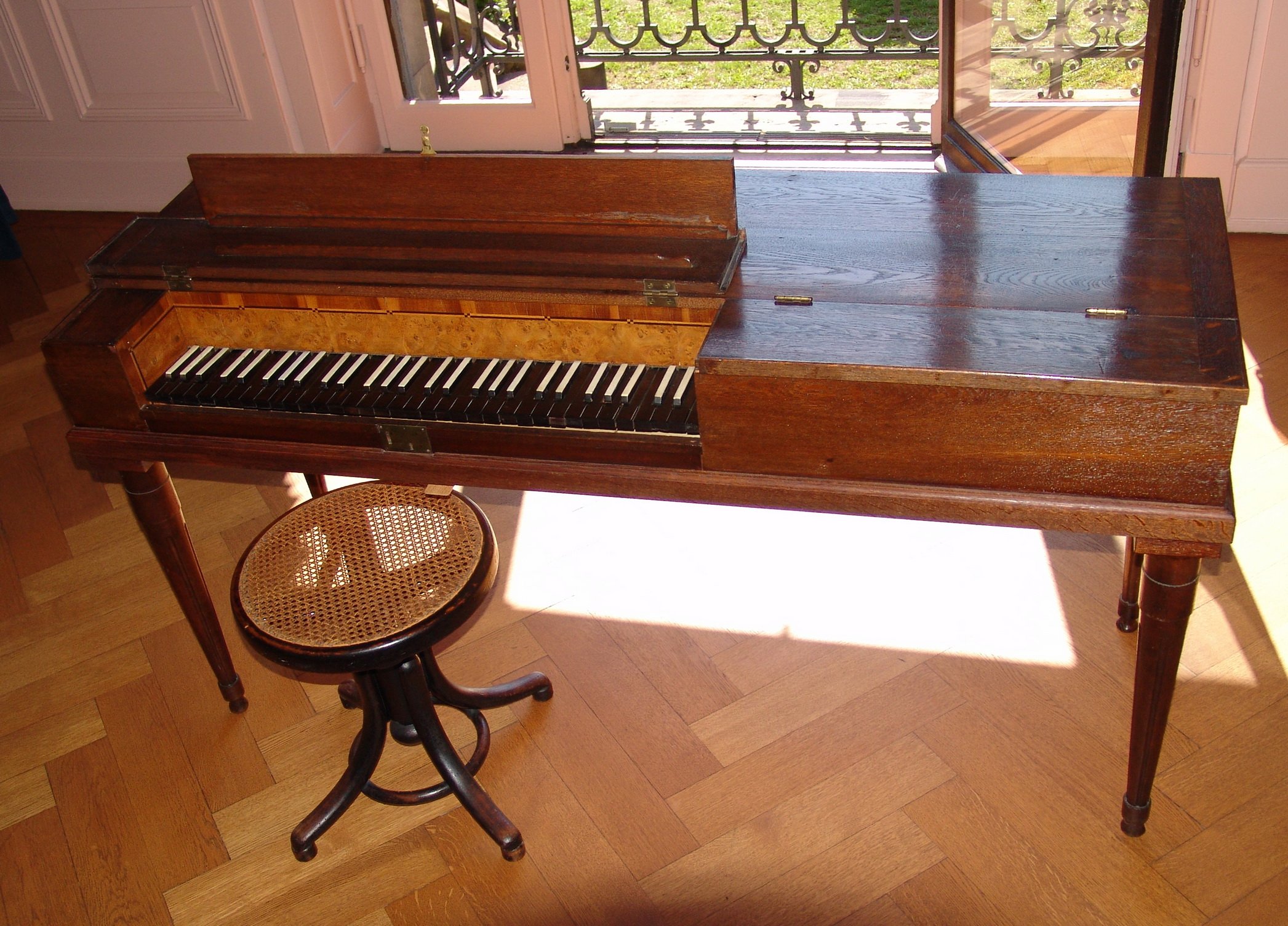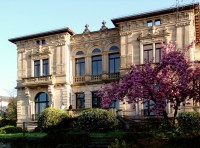Ein schönes Beispiel für die Frühphase des Klavierbaues ist das Hammer- oder Tafelklavier aus der Zeit um 1780. Das historische Tasteninstrument steht auf vier Eichenholz-Füßen. Die Klaviatur aus dunklen Unter- und hellen Ober-Tasten umfasst fünf Oktaven. Der Saitenanschlag erfolgt durch den aufliegenden „Hammer“ („Hammerklavier“). Zargen und Deckel des Instruments sind aus Eiche, der Unterboden aus Nadelholz gearbeitet. Im Innern des Instruments ist ein fragmentiertes Pergament aufgeklebt mit dem Herstellerhinweis "Armberger[?]".
Das Instrument gehörte zuletzt dem Neustadter Weingroßhändler Fritz Louis, der es 1915 dem damaligen Heimatmuseum überließ. Ein Foto zeigt die Kinder der Familie Louis, die älteste Tochter spielt auf dem Tafelklavier. Das historische Instrument wurde umfassend restauriert und wird bis heute bespielt.
en

